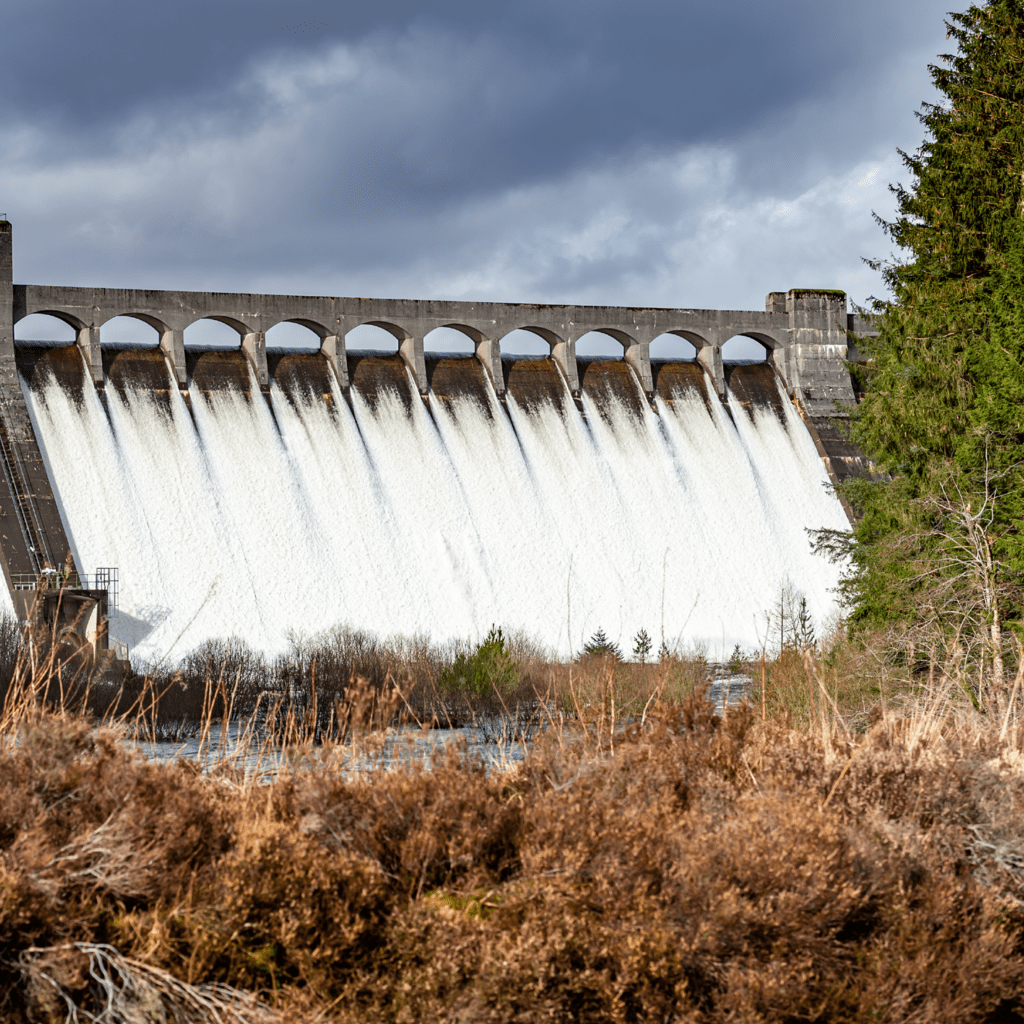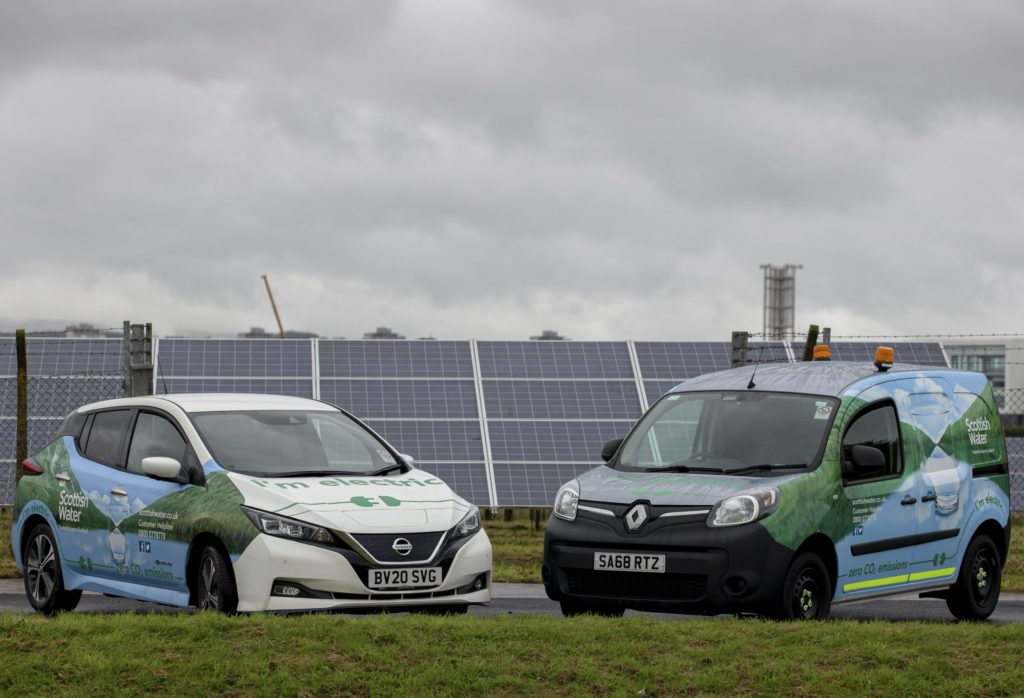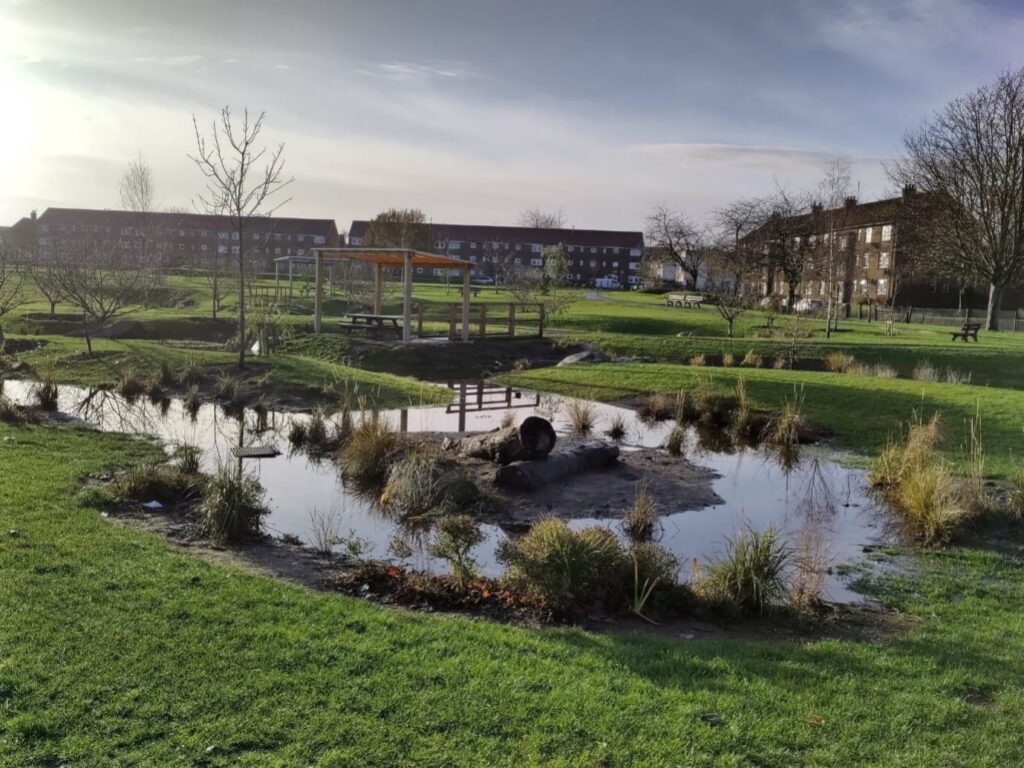A dedicated team has been assembled focused on working across the organisation which delivers Scotland’s public water and waste water services and is already chasing early wins and milestones.
The aim is clear – on a month by month, year by year basis, continue to drive out emissions from the production of 1.4 billion litres of water a day and from the processing of nearly one billlion litres of waste water which gets removed, cleaned and returned to the environment every 24 hours.
Providing these services, which are vital to the everyday lives of five million people across Scotland, is an energy-intensive undertaking. We require electricity to operate water and waste water treatment works, chemicals to treat and clean our water to keep it safe and fuel to power the 1400 vehicles in our fleet taking employees on the equivalent of 19 million miles annually.
Our assets – a great many dating to the Victorian era and not designed to meet the needs of a modern and growing Scotland – need constant upkeep. From repairs and maintenance to complete replacement in some cases, all of that activity results in emissions – including those embedded in construction and materials used.
The routemap we published in September 2020 sets out the long-term journey of transformation we need to take to become net zero – and go beyond.
A long-term approach doesn’t mean we can afford to wait.
Action and activity now will build on successful reductions already achieved operationally, driving out even more from our processes, and spanning new areas of focus.
Encouraging our delivery partners and alliances in the construction sector to develop more sustainable methods and materials will unlock emissions reductions in projects throughout Scotland. Enabling and encouraging innovation in that sector will lead to new approaches being taken far beyond the water sector in Scotland. In an industry-first, we’ll start reporting on carbon emissions driven by our investment needs.
It will also foster a new era of skills development, with sustainable technologies and engineering likely to replace more traditional ways of working.
Renewable power is also a vital component of how we drive out harmful emissions.
Harnessing wind, hydro and solar energy to power treatment works will be pivotal. As one of the country’s biggest users and purchasers of electricity, switching to renewable power to deliver Scotland’s daily water and waste water needs will place us at the leading edge of utilities and make a significant contribution to the country’s overall environmental targets.
There is also the wicked issue of emissions we simply cannot remove altogether. Making space for carbon sinks to lock up and store those unavoidable emissions will need bold collarboration to maximise our land holdings collectively on which to plant trees and restore peatland.
Of course, further investment is needed to enable a net zero future for Scotland’s water and waste water provision. Making emissions central to spending decisions will require new ways of thinking.
Later this year, the eyes of the world will be on the COP26 event in Glasgow where nations will gather to consider the steps we can take to help slow the pace of climate change impacts caused by human activity globally.
There is no single silver bullet. Scottish Water’s success – like that of our country and other nations’ successes – will depend on collaboration, partnership and a multi-layered approach to achieve the reductions we need for the sake of our children and future generations







